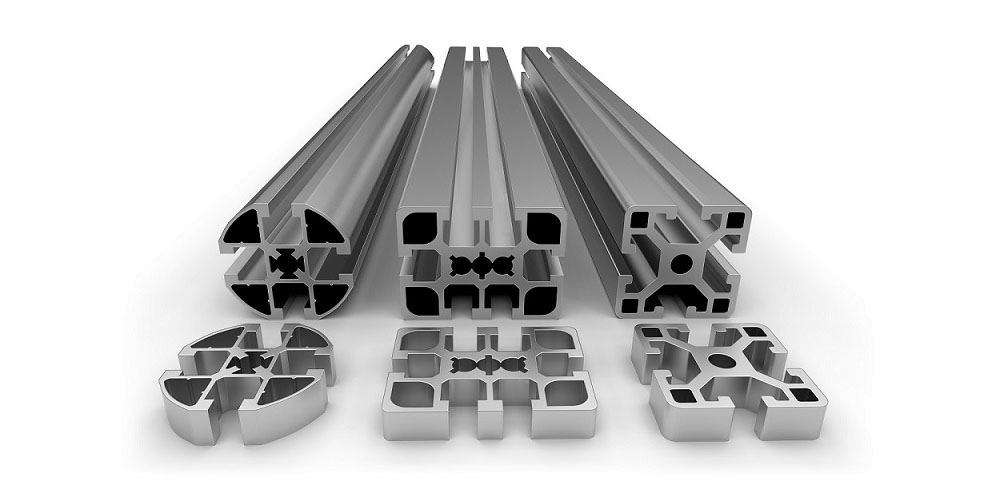Aluminum extrusion in manufacturing has increased significantly over recent years. It involves forcing an aluminum alloy material into a die with a particular cross-sectional profile. The process enhances the strength properties of aluminum to create objects with different shapes and sizes, which are also strong, durable, and reliable and with a weather-resistant layer. Aluminum extrusion manufacturers are always looking to change or upgrade assembly lines at affordable costs and in a short time. We look at the aluminum extrusion process and its applications down below.
Aluminum Extrusion Process
The shaping of various materials in a molten form, such as metal or plastic, at high pressure, is called extrusion. Aluminum extrusion takes place in two ways: direct and indirect extrusion. However, there are general steps that the two methods follow.
First, a cross-section from the desired shape is gotten, and die casting is done. Temperature is a very important element in this process. Aluminum billets are put in a furnace and heated at a 750 to 925 Fahrenheit temperature until it becomes a soft solid.
Then, a lubricant is smeared to the ram and billet at the desired temperature to stop them from sticking to each other. The billet material is then put in a container where steel extrusion takes place, and the ram pushes the billet through the stationed container and dies by applying pressure on it.
The molten metal is squeezed in and out of the die opening and leaves the press. This process is done continuously, so more billet is put and welded to the molten metal till the desired product is formed. It is removed and transferred to a cooling surface at the preferred length, where it is cooled using air, a water bath, or sprays and mists.
After cooling, the aluminum extrusion is placed on a stretcher, straightened, and hardened to enhance its strength and release all internal stresses. The metal extrusions are cut and cooled at room temperature. After some time, the pieces can be anodized or painted, and fabricated according to the owner’s request, then shipped out for delivery.
Aluminum Extrusion Applications
The extrusions are used for various reasons such as;
1. Architecture and Construction
Lightweight aluminum is used to make railings, bleachers, and building facades and canopies. These structures don’t weigh much but can support certain loads. It is also suitable for use in suspended ceilings or in walls. In construction, extruded aluminum is used due to its ability to resist weather elements or distortion during movement.
2. Transport Industry
Strength weight ratio is a vital factor in the making of these items. The extrusions are used to make engine blocks, boats, cars, trucks, roof rail, railway, and many other objects.
3. Electrical Systems
Aluminum is a good conductor and is used in lighting applications and electrical equipment. Aluminum extrusions with fins are good radiators and can be easily mounted since they weigh less.
Conclusion
Aluminum is a very versatile material; hence most manufacturers like working who it. Its extruded form is a great choice for your applications since it is affordable and the final products are durable.
